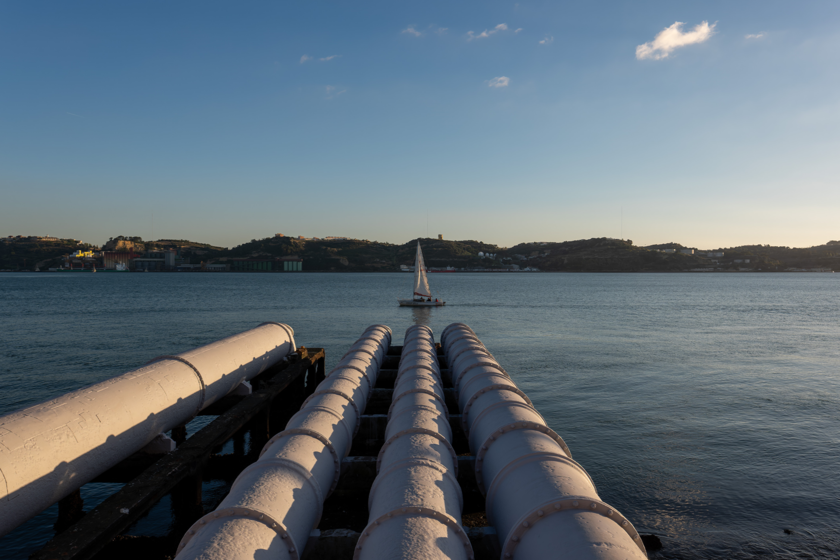Spain shines with sun and wind, but is drowning in its own green electricity. Solar and wind farms are breaking generation records, but much of that energy is wasted due to lack of network, storage and connections with Europe. While the country operates in “reinforced mode”, it has found a possible solution to dispose of its renewable surplus.
An electric bridge. On this path of releasing its excess energy, Spain has found in Ireland the best match to connect. The Irish Minister of Climate, Energy and Environment, Darragh O’Brien, announced after a meeting with the Spanish Secretary of State Joan Groizard that both countries are working on the construction of an underwater electrical interconnector between Ireland and Spain.
Speaking to RTÉ News, Irish Minister Darragh O’Brien announced that the project will seek to be co-financed with European funds and be completed in the mid-2030s. It will not be a minor project: the cable, he explained, will allow the purchase and sale of electricity between both countries, balancing generation peaks. O’Brien acknowledged that, for now, “Spain is more likely to export energy to Ireland,” because the country usually has a surplus of renewable power that it cannot always take advantage of.
We’re going to a wedding. The idea of joining Spain and Ireland with an electric cable may sound eccentric, but it responds to continental logic: countries that produce green energy need to sell it, and those that are isolated need to receive it. In this context, our country is a clear example of the first group. The country has one of the largest renewable capacities in Europe – more than 40GW new since 2019 – but its level of international interconnection barely reaches 2.8%, well below the European objective of 15% set for 2030.
On the other hand, Ireland belongs to the second group. Its system depends almost entirely on the United Kingdom and France, and the country is, along with Spain and Finland, among the most exposed to blackouts due to lack of interconnections, according to a study by the consulting firm Ember. The analysis warns that 55% of the European electricity system has limits on importing electricity, which increases the risk of supply failures.
How will the new cable work? It will be a high-voltage underwater interconnector (HVDC), the same system already used to move clean electricity over long distances between countries. The project is inspired by the Celtic Interconnector, the Ireland-France link that will open in 2027, and will allow gigawatts of renewable energy to be transported under the Atlantic. There is still no closed route, but the Bay of Biscay appears as the most likely option: another cable between Spain and France is already advancing there, co-financed by the European Investment Bank.
The political objective is clear: integrate the networks of the European periphery into an interconnected continental system, less vulnerable to blackouts and more efficient in the use of green energy. In addition, both countries recently led a meeting in Luxembourg of the “Friends of Renewables” group, together with 15 Member States and the European Commission. At that meeting, the new European Electricity Grids Package was presented, considered “one of the key pillars to facilitate affordable, safe and clean renewable energy.”
Everything starts from the cables. The challenge is not only in producing more, but in transporting and storing energy. Spain invests only 30 cents in the network for every euro allocated to renewables, half of the European average. In this way, the cable with Ireland would fit into a map of projects that aims to break the energy isolation of the Iberian Peninsula. In addition to the Bay of Biscay link, the Navarra–Landes and Aragón–Marsillón connections with France, a third interconnection with Morocco and new links between islands and the continent are underway.
If all these cables materialize, Spain will go from being “an energy island” to becoming an energy node between Europe and Africa, capable of exporting its renewable surpluses at competitive prices. The next great leap in European energy could start here: an electrical wire under the sea that connects the Spanish sun with Irish houses.
Imagen | Jules Verne Times Two
WorldOfSoftware | When an undersea cable breaks in Africa, there is only one solution: call the only ship that has been repairing them for more than a decade












